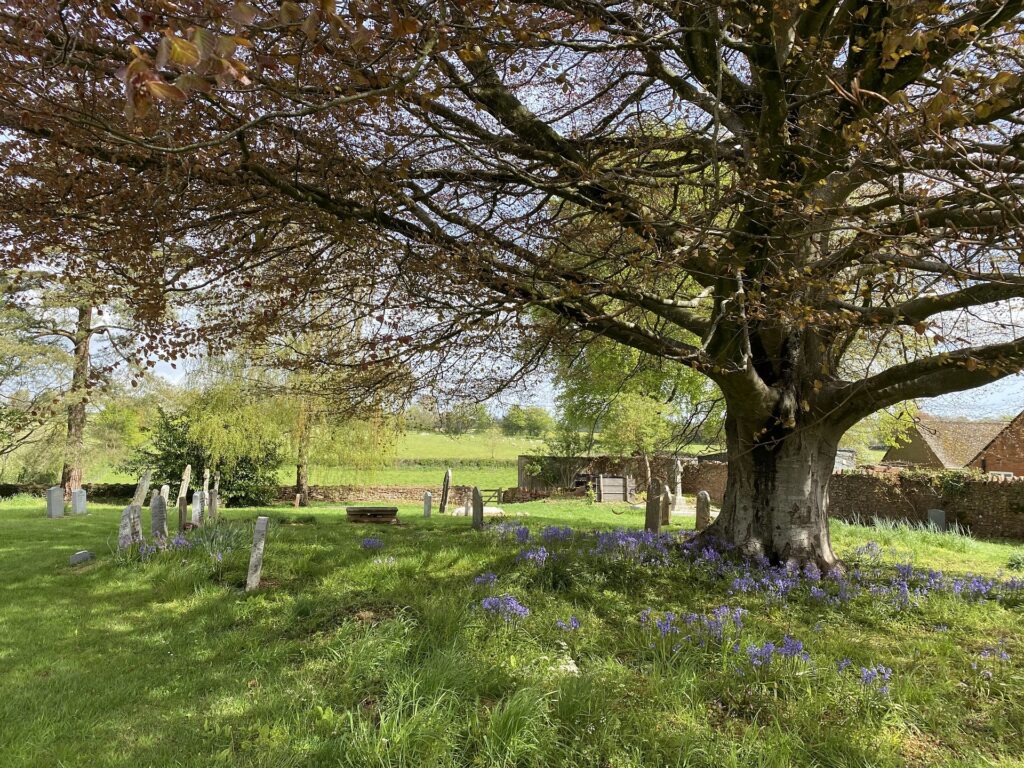Analyze Gray’s portrayal of the common people in “Elegy Written in a Country Churchyard.” How does he humanize and celebrate their lives and experiences? Consider the use of specific descriptions and anecdotes.

Gray’s Portrayal of the Common People in Elegy Written in a Country Churchyard
Thomas Gray‘s “Elegy Written in a Country Churchyard” portrays the common people with a sense of humanity and celebrates their lives and experiences. Through specific descriptions and anecdotes, Gray humanizes these individuals, highlighting their virtues, struggles, and the significance of their humble existence. The elegy serves as a poignant tribute to the ordinary men and women whose stories often go untold.
Gray’s portrayal of the common people begins with a recognition of their shared humanity. He writes, “The paths of glory lead but to the grave” (line 36), suggesting that regardless of one’s social status or achievements, all individuals ultimately face mortality. This statement establishes a sense of equality among people, emphasizing that even those who are considered common or lowly in society are subject to the same fate as those who attain glory. Gray’s acknowledgment of this shared destiny implies that the lives of the common people are just as worthy of attention and reflection.
Throughout the elegy, Gray describes the virtues and admirable qualities of the common people, bringing forth their inherent goodness and moral character. He portrays them as humble, hardworking individuals who live their lives with integrity and contentment. For example, Gray writes, “The village master taught his little school” (line 19), painting a picture of a dedicated teacher who imparts knowledge to the young minds of the community. This depiction emphasizes the importance of education and the role of teachers in shaping future generations. By highlighting the village master’s commitment to his work, Gray honors the valuable contributions of educators and emphasizes the significance of education in the lives of the common people.
Gray further humanizes the common people by illustrating their everyday experiences and struggles. He writes, “The plowman homeward plods his weary way” (line 3), capturing the image of a tired laborer returning home after a long day’s work. This description conveys the physical toil and weariness experienced by those engaged in manual labor. Gray’s use of the word “plods” suggests a slow and deliberate movement, evoking a sense of exhaustion and perseverance. By portraying the plowman’s struggle, Gray acknowledges the hardships faced by the common people in their pursuit of livelihood and survival.
In addition to portraying their struggles, Gray also highlights the simple joys and pleasures that enrich the lives of the common people. He writes, “For them no more the blazing hearth shall burn / Or busy housewife ply her evening care” (lines 37-38), describing the absence of familiar domestic scenes. These lines evoke a sense of warmth, comfort, and the nurturing environment of a home. By mentioning the hearth and the busy housewife, Gray emphasizes the small but meaningful moments of everyday life that bring joy and contentment to the common people. Through this portrayal, he underscores the value of these ordinary experiences and emphasizes that their absence is a loss to be mourned.
Gray also provides glimpses into the dreams and aspirations of the common people, highlighting their potential for greatness and self-improvement. He writes, “Perhaps in this neglected spot is laid / Some heart once pregnant with celestial fire” (lines 81-82), suggesting that buried within the churchyard may be individuals who possessed remarkable talents or visionary ideas. This description emphasizes the untapped potential and unrecognized genius that exists within the common people. By suggesting that great minds and talents may lie hidden in obscurity, Gray challenges the notion that only the privileged few are capable of achieving greatness. This portrayal celebrates the inherent worth and possibilities within each individual, regardless of their social status.
Furthermore, Gray’s use of specific anecdotes and individual descriptions humanizes the common people and gives a personal touch to their lives. He writes, “One morn I missed him on the customed hill, / Along the heath and near his favorite tree” (lines 77-78), describing the absence of a familiar figure from the landscape. This anecdote adds a sense of intimacy and familiarity, suggesting a personal connection between the narrator and the person being described. The use of specific details, such as the customed hill and the favorite tree, brings the individual to life, making them more than just a nameless figure in the churchyard. This personalization further emphasizes the significance of their presence and the void left by their absence.
In conclusion, Thomas Gray’s “Elegy Written in a Country Churchyard” portrays the common people with a sense of humanity and celebrates their lives and experiences. Through specific descriptions, anecdotes, and an emphasis on shared humanity, Gray humanizes these individuals, highlighting their virtues, struggles, and aspirations. The elegy serves as a heartfelt tribute to the ordinary men and women whose stories often go untold. Gray’s portrayal of the common people reminds us of the inherent worth and dignity of all individuals, regardless of their social status, and encourages us to appreciate and honor the lives and contributions of those who may be deemed ordinary but possess extraordinary qualities.
*****
Read More: Questions and Answers from Elegy Written in a Country Churchyard by Thomas Gray


